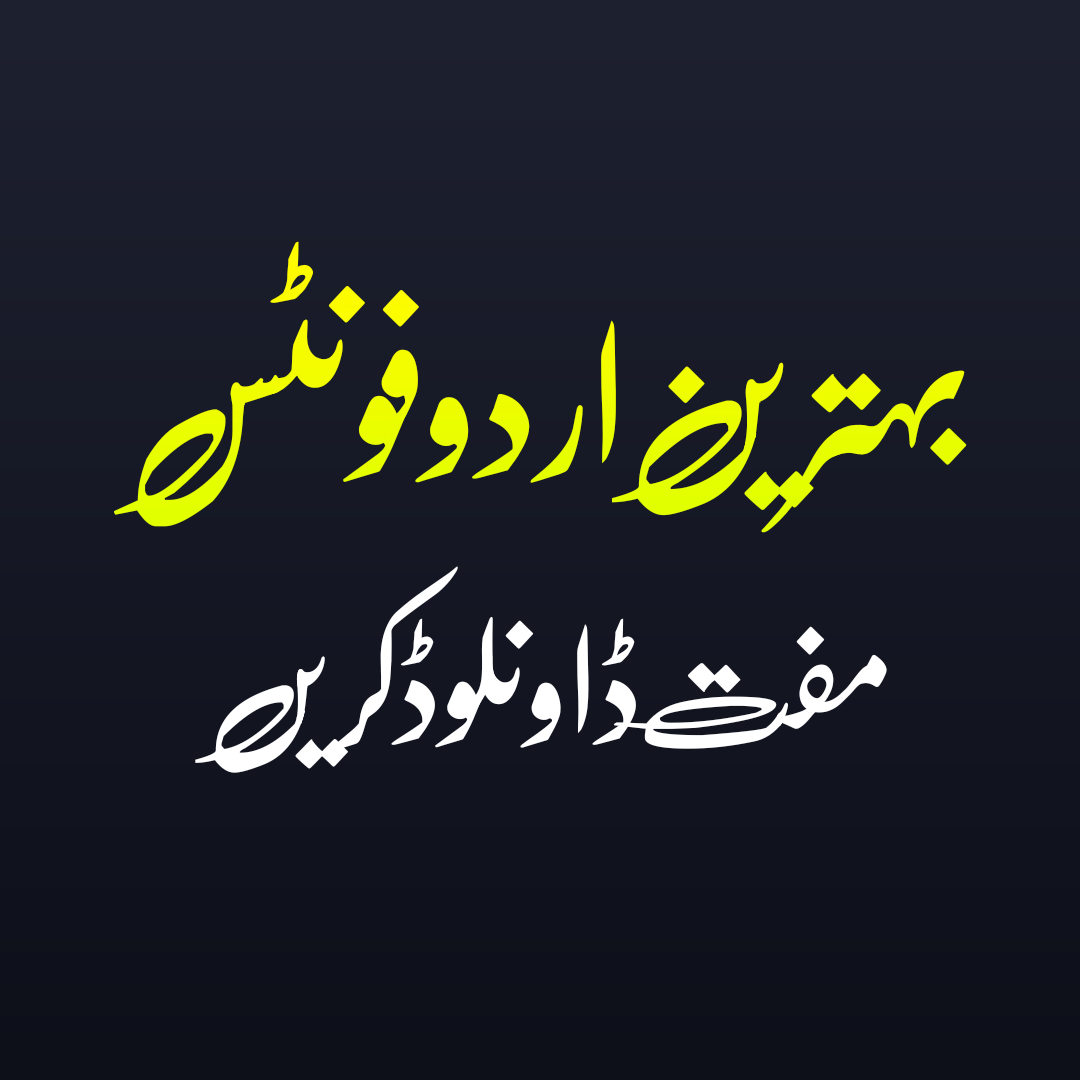
The fonts released include Unicode compliant Open Font format for Naskh script – 12 numbers, Nastaliq script – 1 number, Urdu Keyboard driver with enhanced INSCRIPT, Phonetic and Custom for Windows 32 / 64 bit Operating system and enhanced INSCRIPT keyboard for Android platform. A total of 12 Naskh and 1 number of Unicode 6.2 compliant fonts are being made available to the public.ĭeitY claims that the latest Urdu Keyboard driver based on Enhanced INSCRIPT has capabilities to handle right to left scripts of Urdu on any existing UNICODE compliant application, running under programs enabled by Windows such as Notepad, MS-Word, etc in Windows 2000, XP, Vista, Windows 7 and Windows 8 and higher editions. The next time you start Word, you'll see the fonts you added in the Font list.Technology Development for Indian Languages Programme (TDIL) of DeitY (Department of Electronics and IT) has developed Urdu language fonts and keyboard drivers for Windows and Android. In Windows 8.1, go to Control Panel > Appearance and Personalization > Fonts. In Windows 7 and Windows 10, go to Control Panel > Fonts. If you want to see what a font looks like, open the Fonts folder, right-click the font file, and then click Preview.Īnother way to see your installed fonts is through Control Panel.


You can also add fonts by simply dragging font files from the extracted files folder into this folder. Here are two other ways to install and manage fonts:Īll fonts are stored in the C:\Windows\Fonts folder. Your new fonts will appear in the fonts list in Word. If you're prompted to allow the program to make changes to your computer, and if you trust the source of the font, click Yes. Right-click the fonts you want, and click Install. Now you'll see the available TrueType and OpenType font files: If the font files are zipped, unzip them by right-clicking the. zip folder, you might find several variations on the same font, such as “light” and “heavy.” A. Note: Before you download a font, make sure that you trust the source.


 0 kommentar(er)
0 kommentar(er)
